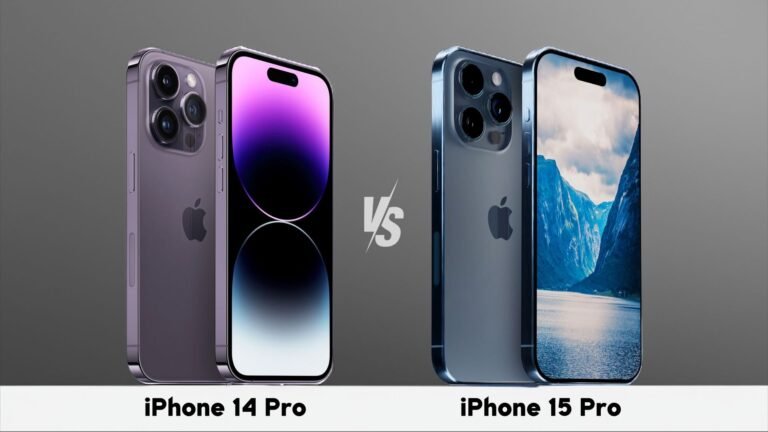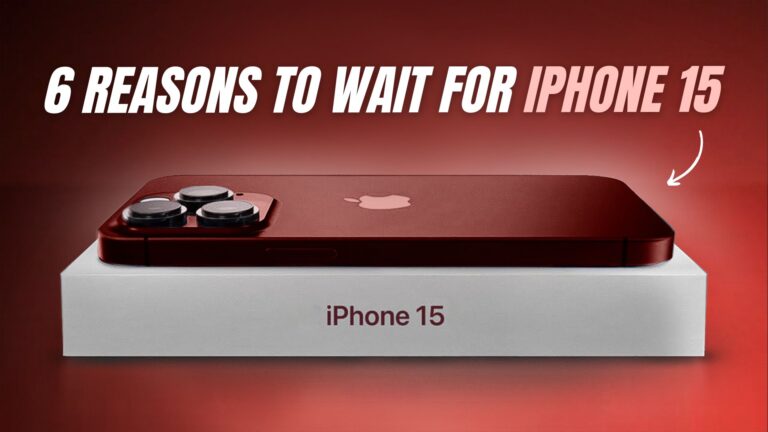These are two phones competing in the same category with a very different approach. On one corner, we have the Note 10, on the other, we have the Google pixel 4. Both these phones claimed to be the best at something but let’s find out which phone you should buy?
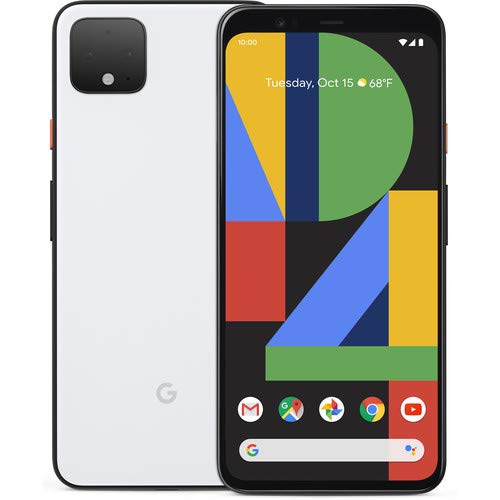 |  |
|---|---|
| Pixel 4 | Note 10 |
| BUY NOW | BUY NOW |
| PROS | PROS |
| Class-leading cameras. Smooth 90Hz display. Effective Face Unlock. Clever AI software features. | Compact design with huge display. 256GB storage standard. Live Focus now for video. Fastest charging yet in a Samsung phone. |
| CONS | CONS |
| Disappointing battery life. Relatively dim display. Motion Sense gestures need work. No unlimited photo storage and original quality. | No headphone jack or microSD. Handwriting conversion is cumbersome. Aura Glow is a fingerprint magnet. DeX for PC needs work. Battery life is below average. |
SPECIFICATIONS
| NETWORK | PIXEL 4 | NOTE 10 |
| Technology | GSM / CDMA / HSPA / EVDO / LTE | GSM / CDMA / HSPA / EVDO / LTE |
| Speed | HSPA 42.2/5.76 Mbps, LTE-A (5CA) Cat18 1200/150 Mbps | HSPA 42.2/5.76 Mbps, LTE-A (7CA) Cat20 2000/150 Mbps |
| LAUNCH | PIXEL 4 | NOTE 10 |
| Announced | 2019, October | 2019, August |
| Status | Available. Released 2019, October | Available. Released 2019, August |
| BODY | PIXEL 4 | NOTE 10 |
| Dimensions | 147.1 x 68.8 x 8.2 mm (5.79 x 2.71 x 0.32 in) | 151 x 71.8 x 7.9 mm (5.94 x 2.83 x 0.31 in) |
| Weight | 162 g (5.71 oz) | 168 g (5.93 oz) |
| SIM | Nano-SIM card & eSIM | Single SIM (Nano-SIM) or Dual SIM (Nano-SIM, dual stand-by) |
| DISPLAY | PIXEL 4 | NOTE 10 |
| Type | P-OLED capacitive touchscreen, 16M colors | Dynamic AMOLED capacitive touchscreen, 16M colors |
| Size | 5.7 inches, 80.7 cm2 (~79.8% screen-to-body ratio) | 6.3 inches, 98.6 cm2 (~90.9% screen-to-body ratio) |
| Resolution | 1080 x 2280 pixels, 19:9 ratio (~444 ppi density) | 1080 x 2280 pixels, 19:9 ratio (~401 ppi density) |
| PLATFORM | PIXEL 4 | NOTE 10 |
| OS | Android 10.0 | Android 9.0 (Pie), upgradable to Android 10.0; One UI 2 |
| Chipset | Qualcomm SM8150 Snapdragon 855 (7 nm) | Exynos 9825 (7 nm) – EMEA/LATAM |
| CPU | Octa-core (1×2.84 GHz Kryo 485 & 3×2.42 GHz Kryo 485 & 4×1.78 GHz Kryo 485) | Octa-core (2×2.73 GHz Mongoose M4 & 2×2.4 GHz Cortex-A75 & 4×1.9 GHz Cortex-A55) – EMEA/LATAM |
| GPU | Adreno 640 | Mali-G76 MP12 – EMEA/LATAM |
| MEMORY | PIXEL 4 | NOTE 10 |
| Card slot | No | No |
| Internal | 64GB 6GB RAM, 128GB 6GB RAM | 256GB 8GB RAM |
| MAIN CAMERA | PIXEL 4 | NOTE 10 |
| Modules | 12.2 MP, f/1.7, 27mm (wide), 1/2.55″, 1.4µm, dual pixel PDAF, OIS 16 MP, f/2.4, 50mm (telephoto), 1/3.6″, 1.0µm, PDAF, OIS, 2x optical zoom | 12 MP, f/1.5-2.4, 27mm (wide), 1/2.55″, 1.4µm, Dual Pixel PDAF, OIS 12 MP, f/2.1, 52mm (telephoto), 1/3.6″, 1.0µm, PDAF, OIS, 2x optical zoom 16 MP, f/2.2, 12mm (ultrawide), 1/3.1″, 1.0µm, Super Steady video |
| Features | Dual-LED flash, Auto-HDR, panorama | LED flash, auto-HDR, panorama |
| Video | 2160p@30fps, 1080p@30/60/120fps, 1080p@30fps (gyro-EIS) | 2160p@30/60fps, 1080p@30/60/240fps, 720p@960fps, HDR10+, dual-video rec., stereo sound rec., gyro-EIS & OIS |
| SELFIE CAMERA | PIXEL 4 | NOTE 10 |
| Modules | 8 MP, f/2.0, 22mm (wide), 1.22µm, no AF TOF 3D, (depth/biometrics sensor) | 10 MP, f/2.2, 26mm (wide), 1/3″, 1.22µm, Dual Pixel PDAF |
| Features | Auto-HDR | Dual video call, Auto-HDR |
| Video | 1080p@30fps | 2160p@30fps, 1080p@30fps |
| SOUND | PIXEL 4 | NOTE 10 |
| Loudspeaker | Yes, with stereo speakers | Yes, with stereo speakers |
| 3.5mm jack | No | No |
| COMMUNICATION | PIXEL 4 | NOTE 10 |
| WLAN | Wi-Fi 802.11 a/b/g/n/ac, dual-band, Wi-Fi Direct, DLNA, hotspot | Wi-Fi 802.11 a/b/g/n/ac/ax, dual-band, Wi-Fi Direct, hotspot |
| Bluetooth | 5.0, A2DP, LE, aptX HD | 5.0, A2DP, LE, aptX |
| GPS | Yes, with A-GPS, GLONASS, BDS, GALILEO | Yes, with A-GPS, GLONASS, BDS, GALILEO |
| NFC | Yes | Yes |
| Infrared port | No | |
| USB | 3.1, Type-C 1.0 reversible connector | 3.1, Type-C 1.0 reversible connector |
| FEATURES | PIXEL 4 | NOTE 10 |
| Sensors | Face ID, accelerometer, gyro, proximity, compass, barometer | Fingerprint (under display, ultrasonic), accelerometer, gyro, proximity, compass, barometer Samsung DeX (desktop experience support) ANT+ Bixby natural language commands and dictation |
| BATTERY | PIXEL 4 | NOTE 10 |
| Battery | Non-removable Li-Po 2800 mAh battery | Non-removable Li-Ion 3500 mAh battery |
| MISC | PIXEL 4 | NOTE 10 |
| Colors | Clearly White, Just Black, Oh So Orange | Aura Glow, Aura White, Aura Black, Aura Pink, Aura Red |
DESIGN
Pixel 4:
Design-wise, Google chose to do something we hadn’t seen for a long time on smartphones, that is to say a very shiny glass back which take a lot of fingerprints. It is surrounded with a very beautiful matt aluminum border.
Google have chosen to position the rear camera at the top left of the smartphone. One thing to mention is that Pixel 4 uses only 2 lens. And I will talk more about that in Camera Section.
I also can’t figure out why the phone is so heavy considering it has a battery that’s smaller than 3000 milliamp hours.
Overall, I find that the Pixel is pretty stylish from the back and front. They both feel good when you hold it. The front screen looks so cool and sqaure module at back is also doing well.
Note 10:
In terms of design, I think this is the best looking and most polished Samsung phone to date. The more squarish design, attention to details, the new camera layout, and of course the incredible looking screen. I know it’s only FHD+, but there is more to a display than just resolution. With the less rounded corners, smaller bezels, and a smaller camera cutout, it looks even nicer than the S10 to me, which was already really good.
The Note10 is actually one of the smallest Galaxy Note to date in terms of physical size. It’s not really a small phone considering it’s just slightly smaller than the Note7, but it is small by today’s standards. Because it’s thin and narrow, it’s actually not that hard to use one-handed, which is something that I care about.
In terms of hardware, the Note10 comes with all the goodies from the S10. Good sounding stereo speakers, IP68 water and dust resistance, fast wireless charging, reverse wireless charging, and support for dual SIM. Samsung also removed the dedicated Bixby button in favour of a programmable power button, so definitely a huge improvement here.
![]()
DISPLAY
Pixel 4:
The downside of all that is the front, I mean we’ve got admit though, in the year when like you can get totally full screen displays on a phone having this massive bezel at the top is a big downside, especially when there’s still a bit of a bezel at the bottom. There’s no knotch to annoy you but honestly maybe they should have gone with one because the display feels a bit cramped for my taste.
The specs of the display is really good. It’s a P-OLED display with a full HD resolution of 444 PPI which is surprisingly less than a pixel 4 XL 537 PPI. In real life, you’re unlikely to notice much of a difference but perhaps a difference in pixel density rescue’s a few minutes of battery life in the long run.
Maximum brightness on the regular pixel of 4 is also slightly less than the 4 XL, so although once again not by a lot it’s missing the adaptive brightness boost that you’ll find on other phones like the galaxy s10 but it still has pretty good sunlight legibility.
Color-wise, the display is great and we found it to be very color accurate natural mode. Although, you’ll probably leave it in the adaptive mode which adapts the colors to the light in your environment.
Really the most interesting thing about the display is the 90 Hertz refresh rate, it makes the experience feel much smoother although the software is downgrading the refresh rate does 60 Hertz to save in battery life. It’s annoying that it switches with the brightness when you walk inside a dark place the experience instantly becomes less smooth. You can set it to be at 90 Hertz permanently in developer options but the phone might die too fast.
Note 10:
I’ve it’s been a while since I’ve used a phone that’s actually this small which is plenty to say about a Galaxy Note. it’s a 6.3-inch display. Bezels are still tiny. Still the boxy overall shape and another spec difference that a lot of people focus on. It’s now a 1080p display instead of the 1440p that the big brother had. Now, this spec is a perfect example of something that matters to many people a lot more on paper than in real life. Like if you haven’t seen the Galaxy Note 10 if you haven’t used this phone you might see on the spec sheet that it’s such an expensive phone but it only has a 1080p display and that sticks out like a sore thumb. BUT in reality, this display is pretty much great.
With that resolution, you’d be concerned about sharpness but it’s still pretty sharp at over 400 PPI. So you never really see any pixels. Still gets extremely bright or extremely dim colors. Still, look pretty good. It’s just mainly smaller. The hole punch cut out even though it’s the same size appears just a tiny bit bigger since the phone is smaller. But overall it’s still not a huge distraction at all. I think if it was a notch like the iPhone I’d find it a bit more intrusive. On this smaller screen but even you know full-screen videos or gaming and things like that are still fine here. I still do miss not having 90 Hertz or any sort of high refresh rate. But aside from that, this screen has been pretty excellent. I just think still because it’s 950 dollars. You just sort of want it to have everything. You want it to have a 1440p display at this price. That’s one of the only ways it really feels disappointing.
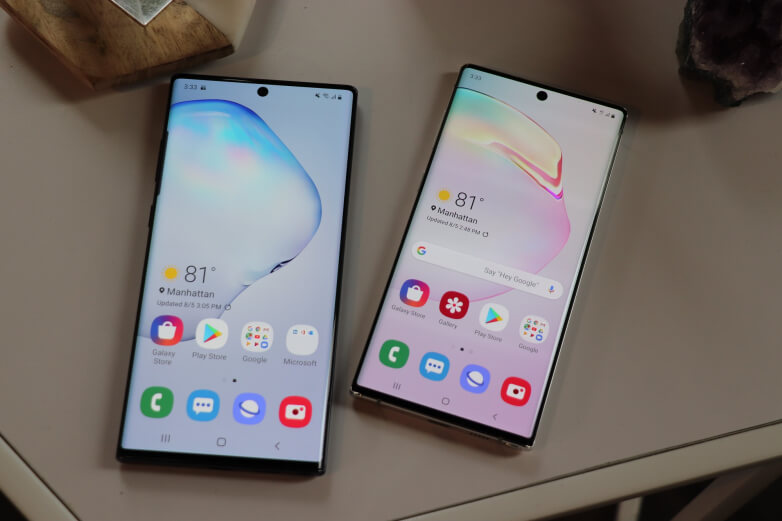
SOFTWARE & PERFORMANCE
Pixel 4:
Google has the smoothest versions of Android that you can experience. The phones themselves have always been let down by the specs. This year though along with the snapdragon 855, Google has finally given us 6 GB of RAM which is 2 GB up from previous pixel phones and to be honest that additional 2 GB has made the world of difference. But I want to tell that if you are a hardcore gamer then better look for another option.
Note 10:
The Note10 is using the new Exynos 9825 chipset in most markets it seems like the Snapdragon 855 variant still performs better, especially in terms of GPU performance. But on the other hand, I have no issues with the performance of the phone at all in day to day usage, and it still feels really snappy to me. I also don’t want Samsung to give up on their own chipset as well.
On top of all that, we have the S Pen of course which is what makes the Note, the Note. Samsung added in a gyroscope and accelerometer in the new S Pen. So aside from being able to use it as a remote trigger, we can now use swipe gestures, or even a rotating gesture to control supported apps. It seems like an interesting idea, but I think like the Note9, it’s not something that I would be using much. Basically, the things that I like about the S Pen are still the same as before. The ability to get precise inputs which is great for editing videos or playing some games, the ability to quickly take notes just by pulling the pen out, and the ability to use it to draw things when I’m bored.
![]()
AUDIO
Pixel 4:
Speaker-wise, a phone had excellent loudness and nicely balanced tunes. The stereo speaker setup wasn’t quite as loud as that on the 4 XL but it held its own against much of the competition. There’s no audio jack and no adapter in the box, so we use the adapter that Google is selling to test out the weird sound and honestly we weren’t impressed.
Note 10:
This phone is very good in sound quality, you can enjoy content even without headphones and if you are gaming on it then i will recommend you to wear headphones. There is no 3.5mm jack, so you have to use bluetooth headphones.
SECURITY
Pixel 4:
Google removed the fingerprint reader on the back so the design is cleaner but instead of adding an under display reader on the front they’ve replaced it with a face unlock, Apple style. It works quickly and reliably but until Google patches this it also unlocks with your eyes closed which makes it security incredibly questionable.
Note 10:
Like the S10, it has an Ultrasonic fingerprint sensor under the screen. Once I got used to the timing and position of the sensor, and register the same finger twice, it works a little better. But it’s still a bit more finicky compared to other solutions like the optical sensor on the One Plus 7 Pro.

CAMERA
Samsung Note 10 has three camera sensors on the back, two 12 megapixel sensors and a 16 megapixel ultra-wide sensor with the addition of the telephoto lens that is also the 12 megapixel sensor. With the Google pixel has 2 sensors at 12.2 megapixel wide-angle lens and then a 16 megapixel telephoto lens which in my opinion I think the quality is very good. I’ve always felt like Samsung cameras have been better than a lot of the competition, so in this case I still might give the edge to the Samsung Galaxy Note 10.
BATTERY
Pixel 4:
With a less than 3000 milliamp hour capacity, I’m still only 3,700 in the bigger phone. There is also adaptive battery feature which claims that it will manage your battery usage, throttling, and turning off apps that you don’t use very much while leaving in that other extra battery power for the stuff that you use all the time. By turning on that feature you will get extra half an hour which is still not enough.
Overall, I didn’t like the battery very much because I think that spending that much on the phone just dosen’t make sense in 2019.
Note 10:
Note 10 has a bit of a smaller battery 3500 milliamp hours. It is the official number. Kind of small for a flagship actually in 2019. But after using it for a while it became apparent that it doesn’t matter as much because it has a 1080p display. If you bump up the resolution on the 10 plus you will start to get worse battery life. I kind of left it in the middle got my four and a half hours of screen on time. this phone with the smaller battery but a 1080p display got me those same great numbers for battery about a 4-hour screen on time which is pretty good battery life. Then Note 10 also lacks the support for the superfast 45-watt ultra-fast charger. I don’t know if that’s a space thing or just a cost savings thing. But it will still come in the box with the 25-watt charger.
WHICH ONE YOU SHOULD BUY?
I would recommend the Note 10 over the Pixel 4 because Samsung has more advantages in almost every scenario. And if you care about that 90Hertz display and good android experience then Pixel 4 is the way to go. I personally love to buy Note 10 because I don’t care about that advantages that Pixel Has.
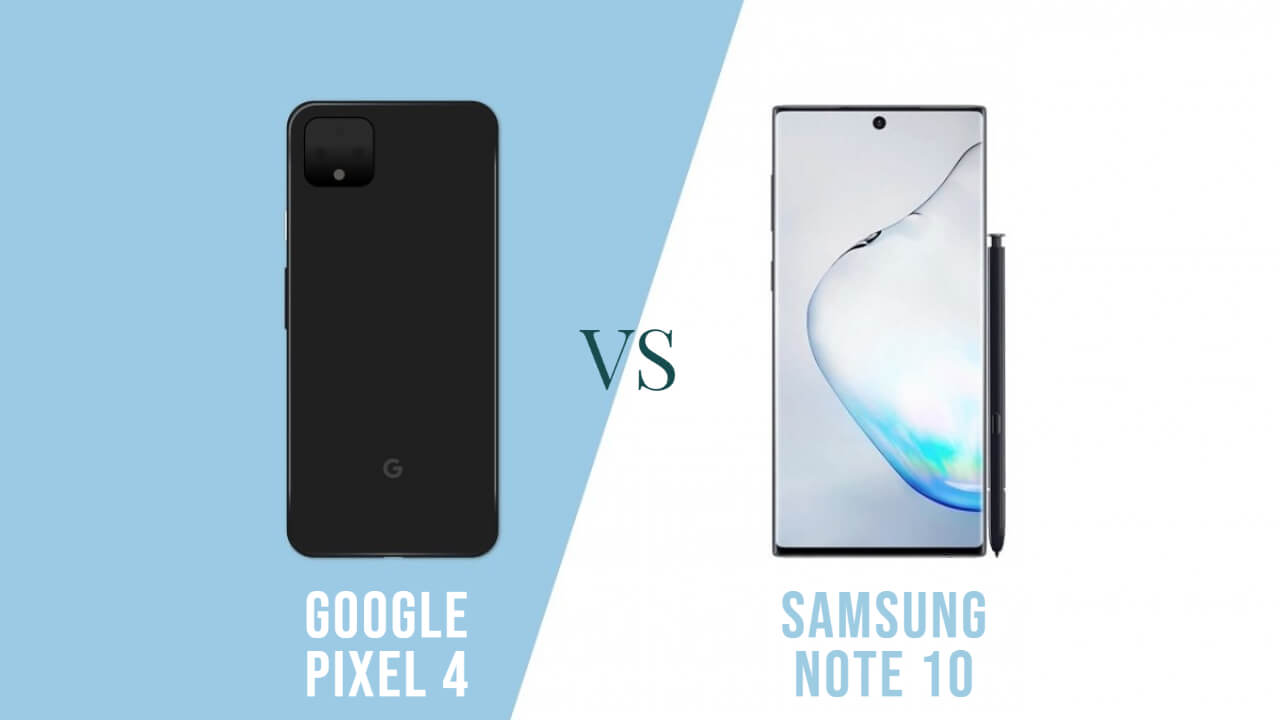
![iPhone 14 vs iPhone 13 vs iPhone 12 [Updated Guide]](https://www.theworldsbestandworst.com/wp-content/uploads/2022/11/iPhone-14-vs-iPhone-13-vs-iPhone-12-768x432.jpg)
